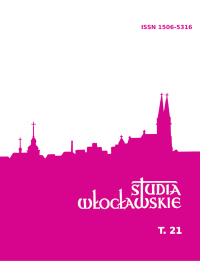Esther and Mary – vitae parallelae
Keywords:
Esther, Mary, redemption, the redemption’s theology, Persia, Israel, antisemitism, Haman, PurimAbstract
The Book of Esther shows a pert of Jews’ history under Persian reign, precisely their situation in the capital, Suz during the reign of Aswerus, probably Xerxes I (485–464 BC). The Book of Esther must have been very popular not only amongst Jewish diaspora of the east part of former Persian empire, but also later, under the reign of the successors of Alexander the Great when most of Jews were speaking Koine Greek – it is signed by the Greek version of this Book in the Septuagint (LXX). The main characters in the Book of Esther are: already mentioned Persian king and, first after the king, Haman the Amalekite, the arch-enemy of Jews and author of planned Jews pogrom, two Jews – Mordecai, an important figure on the royal court and his compatriot and adopted daughter, Esther who, by the coincidence, became a queen in the place of the first Aswerus’s wife, Vashti. Fortunately, the pogrom, intended by Haman, fell through thanks to Esther who divulged the plot during the party celebrated in honour of the king in the presence of Haman whom she had invited for the party. The threat changed into a Jews’ enemies’ pogrom. This enlightening story as a warning for all enemies of the chosen people still exists for Jews in the Feast of Lots (Purim).
The life of Mary, due to its depiction in the New Testament, despite of significantly more modest description, can be parallel to Esther’s story and above all to the mission that both women had to fulfil; Esther’s one on the royal court of a pagan king and Mary’s in the field of God’s plan of redemption. In this point of view, Esther is a kind of Mary, the Mother of people’s Saviour.

